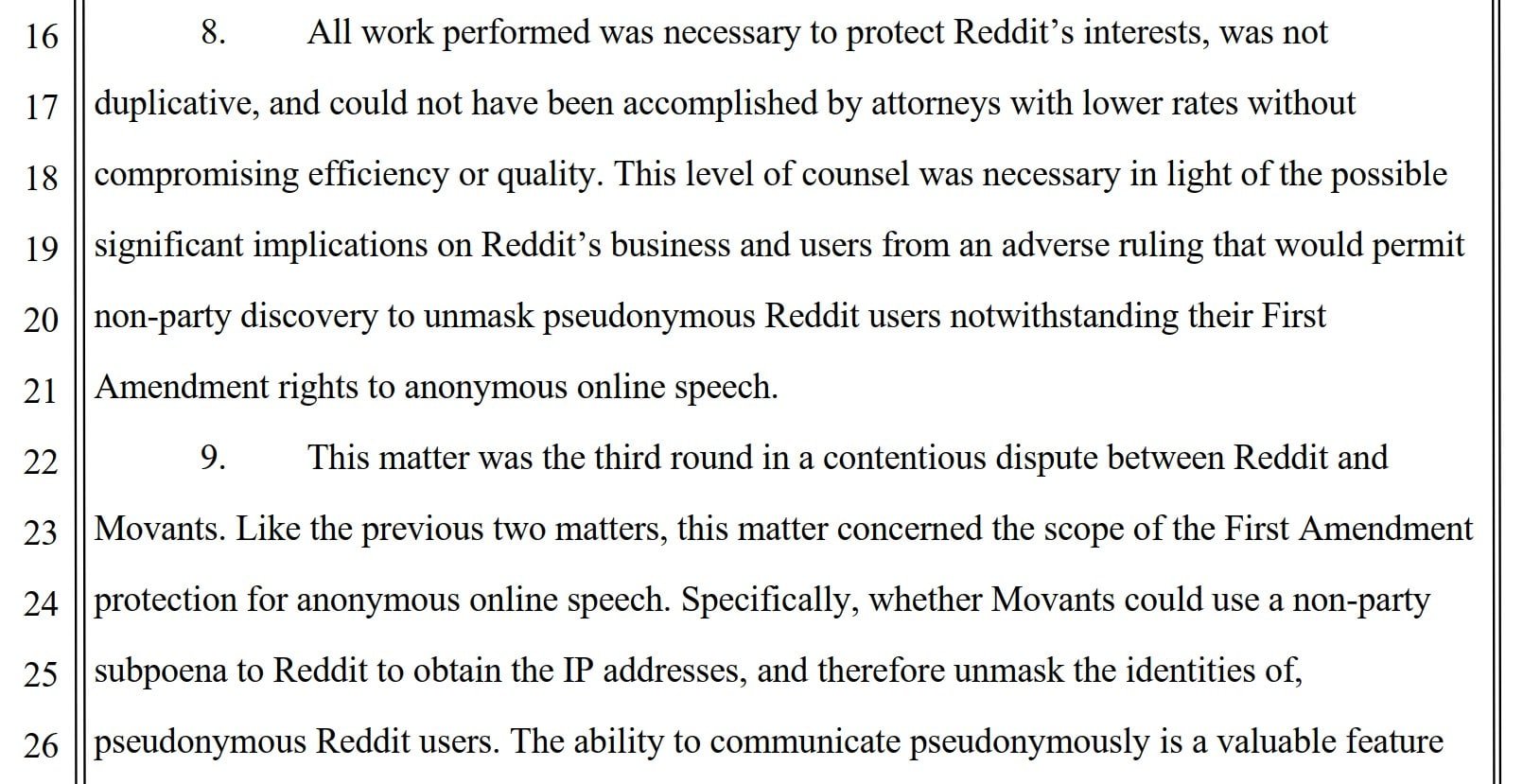Posted by Eugene Linden
https://www.mercurynews.com/2025/07/04/opinion-heat-domes-wildfires-floods-and-drought-wheres-the-outrage/
https://www.mercurynews.com/?p=12098725
As I write this, the temperature is climbing past 100 degrees Fahrenheit in the mid-Atlantic states, and 170 million Americans are under warnings about a dangerous combination of intense heat and humidity.
Is this latest weather extreme linked to global warming?
Of course it is, as has been the case with record-setting floods, extreme hurricanes, droughts and wildfires that go back decades and afflict every corner of the globe.
Amid these extremes, we have the Trump administration seemingly trying to roll back or reverse every environmental initiative of the past 55 years. Yet nobody seems to care.
In the early 1990s, I gave a lot of talks about how environmental awareness had become an American value. The early 1970s saw the passage of the Clean Air and Clean Water acts, the National Environmental Policy Act, the Endangered Species Act and the formation of the Environmental Protection Agency. Within 20 years, Time magazine was making planet Earth its “Man of the Year,” and the first Earth Summit met.
But now I think I spoke too soon.
On June 14, several million people took to the streets in the “No Kings” protests against Trump’s assault on the Constitution, demonstrating that Americans can still be mobilized in support of something they hold dear. By contrast, while there has been ample media coverage of the administration’s gutting of the agencies monitoring climate change, pollution, the weather and other environment-related issues, the devastation hasn’t produced any major protests.
Worse than predicted
This is all the more striking as many of the looming environmental concerns that provoked action in the 20th century are unfolding faster and causing far worse damage than predicted. To take just one example, climate change is inflicting far higher costs on Americans at a far faster pace than experts predicted back when the public started clamoring for action on global warming.
In 1991, for instance, economist William Nordhaus used a model he developed (work for which he became a Nobel laureate in 2018) to predict that 3 degrees Celsius warming would cause a mere 1% drop in global income. As recently as 2018, a refined version of his model predicted that the roughly 1.5-degree Celsius warming already happening would inflict only 0.5% damage to the economy.
This number stands in dramatic contrast to a new analysis by Bloomberg Intelligence: In the 12 months ending May 1, 2025, damage from events attributable to climate change amounted to roughly 3% of U.S. GDP, or nearly $1 trillion.
Contributing to this number were such catastrophes as Hurricanes Helene and Milton and wildfires in California.
While skeptics might question how analysts can precisely measure how much of the damage caused by such events is attributable to climate change, one major tributary to this number is a dramatic increase in insurance costs, and insurers take estimating risk very seriously.
Thirty years ago, the president of the Reinsurance Assn. of America told me, “Global warming can bankrupt the industry.” But the industry, motivated by the competitive pressures to continue to write policies, and protected by its ingenuity at limiting exposure and offloading risk, underpriced these risks well into the 2000s.
No longer.
As Californians are well aware, many insurers have pulled out of markets vulnerable to fires, floods, sea level rise and storms, and those that remain have been raising prices where they can. The Bloomberg Intelligence analysis found that insurance premiums have doubled since 2017 (and may still underprice risk in many markets), and even those who are insured will find that many of their losses aren’t covered, and that government recovery help falls short as well.
Economy in peril
Climate change is costing Americans real money — $7.7 trillion since 2000, according to the Bloomberg Intelligence analysis. To put this in perspective, it is substantially more than the total costs of the Iraq and Afghanistan interventions taken together. And these costs are certain to rise as climate change intensifies.
Given that the administration’s actions are going to leave Americans more vulnerable to climate change at a time when weather-related events are already affecting the average voter’s budget, it would be natural to expect protests at least as vigorous as those against deportations or cuts to Medicaid.
Instead, in the relative absence of public interest, many large corporations have abandoned climate-related policies, something that began even before Trump was elected.
Simple issue overload might explain some of the silence. It’s understandably hard to process all the ramifications of what we might call the Trump Blitzkrieg — bizarre, unqualified Cabinet appointments, attacks on due process, attempts at mass deportations, sending troops into Los Angeles to quell garden-variety unrest, bombing Iran without congressional authorization. He has indeed flooded the zone.
The familiarity of the problem may be another problem. The warming planet been the subject of innumerable debates, reports, global agreements, protests, lawsuits, political campaigns and media attention going back to 1988 when it became a mainstream issue. Indeed, a changed climate is the new normal for most people alive today because a majority of the global population was born after the signals of a climate going haywire became obvious.
Finally, humans aren’t great at assessing the relative priority of risks — encounters with deer kill 880 times more Americans each year than encounters with sharks, but guess which threat worries us more?
Still, the essence of a value is that it becomes a cherished part of identity, and if environmental awareness really were an American value, commitment to that value would cut through the noise. It hasn’t, and that bodes ill for our future.
Eugene Linden is the author of “Fire & Flood: A People’s History of Climate Change From 1979 to the Present.” ©2025 Los Angeles Times. Distributed by Tribune Content Agency.
https://www.mercurynews.com/2025/07/04/opinion-heat-domes-wildfires-floods-and-drought-wheres-the-outrage/
https://www.mercurynews.com/?p=12098725
























 Reddit has gone head-to-head with a group of filmmakers over the past two years, aiming to protect the privacy of its users.
Reddit has gone head-to-head with a group of filmmakers over the past two years, aiming to protect the privacy of its users. 

 Encrypt your own or other people's PDF documents with up to 256 bit key strength (AES). Add a password to open it so that users can only view the encrypted document by entering the correct password.
Encrypt your own or other people's PDF documents with up to 256 bit key strength (AES). Add a password to open it so that users can only view the encrypted document by entering the correct password.

